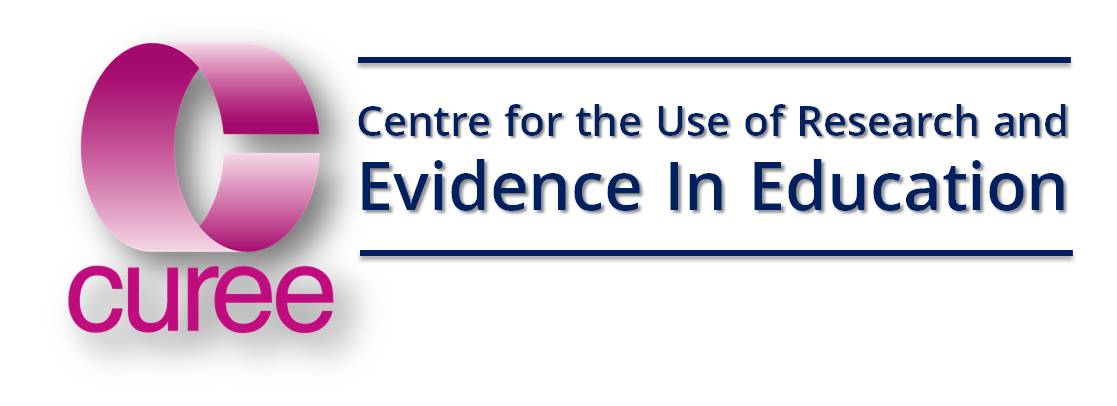Teaching conditional spelling rules in the classroom: an intervention strategy for teaching the split digraph rules a-e/o-e
Aim: To explore the impact of computer presentations on motivation and learning in the classroom, to investigate whether it is best to teach related spelling rules within a given timeframe, or rules that differ from each other and to assess whether the learning of a related rule strengthens the knowledge of the first rule learned or whether it interferes with it.
